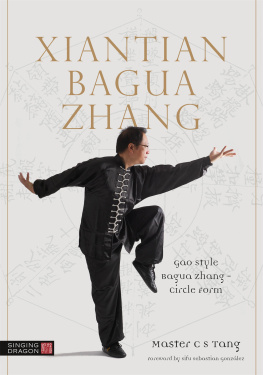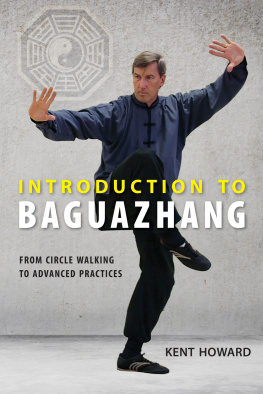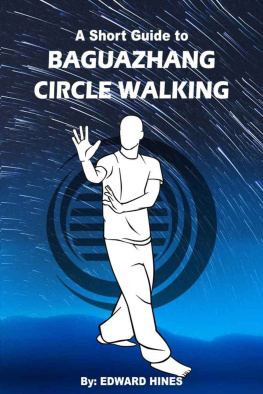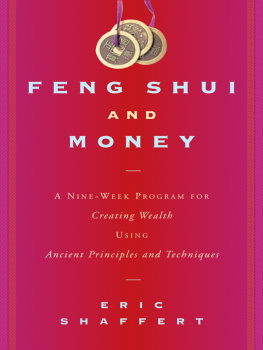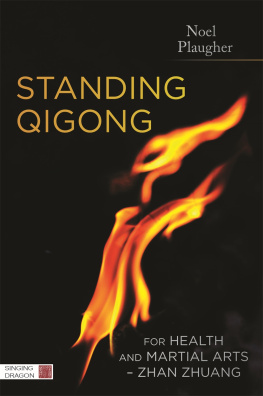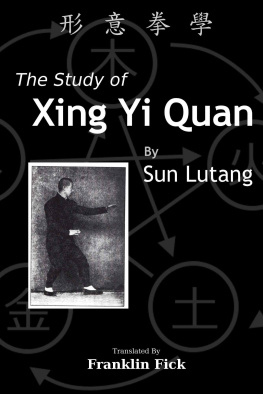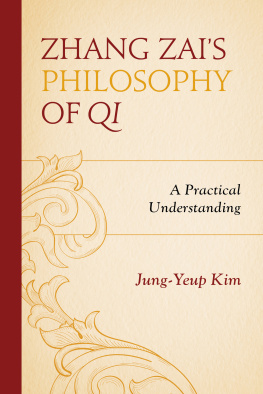Contents

XIANTIAN
BAGUA
ZHANG
Gao Style Bagua ZhangCircle Form
Master C S Tang
Foreword by
Sifu Sebastian Gonzlez of Barcelona

CONTENTS

CAVEAT AND DISCLAIMER
Please note that the author and the publisher of this book are not to be held liable in any manner whatsoever for any injuries that may result to any person from his or her reading or following the instructions contained herein.
Since the physical activities described may at times be strenuous and challenging for some individuals, it is essential that before following any of the activities, physically or otherwise herein described, the reader should consult his or her physician for advice on whether to embark on such activity.
FOREWORD
Sifu Sebastian Gonzlez of Barcelona
I have been involved in both learning and teaching Chinese martial arts since the 1970s. Nowadays I direct my school in Barcelona, Centre Jing, and I preside over the Catalan Association of Cai Li Fo, Taiji Quan, Qigong.
The first time I met Master CS Tang, I knew he was a person with great knowledge of internal martial arts, but his humble and unpretentious attitude confused me in the world of martial arts, in which it is common to find egoistical, pretentious, and vain attitudes. Over the years that I have been learning the internal arts with CS Tang, I have been able to discover a humble person with a very deep knowledge of these arts of traditional Chinese culture, such as martial arts, calligraphy, and seal engraving; these last aspects are exquisite and deeply rooted in traditional Chinese culture.
Later on, when we had a close relationship, I invited CS Tang to visit Barcelona, Spain, several times, so that my students could met him and he could share his knowledge with them. His sincere attitude and deep knowledge of the internal arts gave them an enriching experience: from a health perspective through the teaching exercises, from a martial arts aspect through the strength fighting techniques, and from a spiritual point of view through the cultural knowledge.
His personable and sincere attitude has always made people come to him and get to know him as a person, as well as his style of martial arts; this is a characteristic that I have always valued.
The book is about an internal martial art called Bagua Zhang or the Palm of the Eight Trigrams, a system that CS Tang knows very deeply because he learned it from a master directly connected to the lineage of the Gao system, Master Ho Ho Choy, and also through other traditional masters of Bagua Zhang who he has met on his journey towards the origins of Bagua Zhang.
This internal martial art, which I have had the good fortune to learn directly from him, was in the past transmitted secretly and in a hermetic way that was only accessible to a few who were introduced to the master and accepted by him. Today, these values have changed for the benefit of all of us, allowing us to access it through classes, videos, conferences, and also this book, which will show you a part of the system that will be a useful tool in your learning.
Bagua Zhang as an internal martial art is inspired by the principles of Taoist philosophy and the famous classic book of I-Ching (The Book of Changes), from which it takes its fundamental principles to structure the system. It contains exercises to strengthen health called Nei Gong, martial arts techniques of locks and control called Chin Na, kicks, fist and palm hits, weapons, exercises with partners that develop combat, animal techniques, and philosophical concepts, which make it a complete and deep system.
My experience as a student in this style has been very rewarding and enriching. Aspects of it are great for health and can improve mental attitude and body strength, and the martial arts aspect of learning exercises that work the body in a very different way to classic Kung Fu systems improves coordination and flexibility, and uses the whole body to fight. I recommend that all martial artists study Bagua Zhang through this book, which will open a door of wisdom to the east.
C HAPTER 1
INTRODUCTION
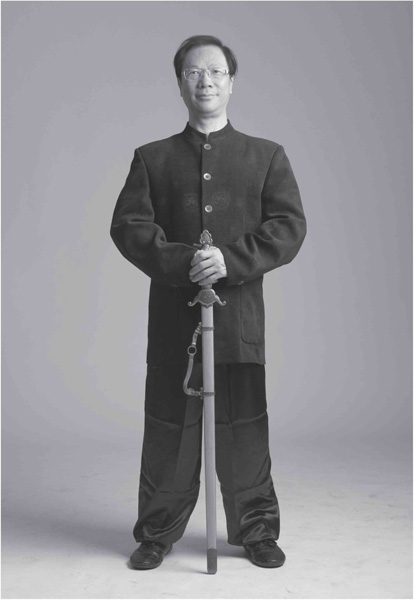
INTRODUCTION TO THE AUTHOR: TANG CHEONG SHING ( )
Friends and colleagues simply call him CS, though his full name is Tang Cheong Shing, which is usually abbreviated as CS Tang following the conventional western style.
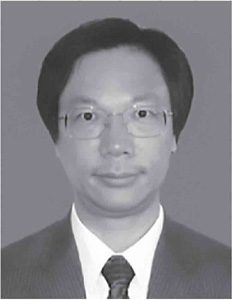
CS was born in 1949 in Hong Kong, China. He looks young compared with many other martial arts masters in China. Thats probably because he is not very big in stature. At first glance you would not take him for a martial arts master. He is more than just that; he is a well-rounded person.
An accountant by profession, CS obtained a Bachelors degree in Accountancy and a Masters degree in Business Administration. He is also known for his Chinese calligraphy and Chinese seal engraving. Above all, he is well known among his circle as a martial arts master specializing in Bagua Zhang, having practiced it under Mr. He Ke Cai (), a master of the fourth generation in the direct lineage of the founder of Bagua Zhang.
CS does not just know Bagua Zhang; he knows it profoundly. As one reads about his career, one becomes aware of the recognition he has received in this field throughout the years. Indeed, his fame goes beyond Hong Kong. CS has contacts with other well-known masters in Mainland China and abroad, and he is recognized by them as a peer. His profound understanding of his own school of martial art goes beyond the mere practice of it; he is also a scholar on the subject of its historical development and is knowledgeable on the history of many other schools of martial arts.
CSs talent does not end with having mastered Bagua Zhang, the art of Chinese calligraphy, or even the art of Chinese seal engraving. He is equally interested in embracing and going deeper into other schools of martial arts. To achieve this, he has mastered a few of them. The name he gave to his newly established specialty shop in Hong Kong, The Art and Arts Shop, reveals his inner self.
Martial arts seem to have been innate in CS and have been an integral part of his life. He would readily and humbly submit himself to a famous master and learn from him the innermost tactics and expressions of the various postures and maneuvering of that particular school in order to deepen his own knowledge of that martial art.
As a master, CS has his own ways of teaching. His students range from young children of four years old to grownups aged over 70, including Chinese, European, American, and Japanese people. He has his own gifted way of interpreting each movement and posture and making it understood by students of each age group. He enables students to practice and remember each movement easily, according to their respective levels of understanding and comprehension.


